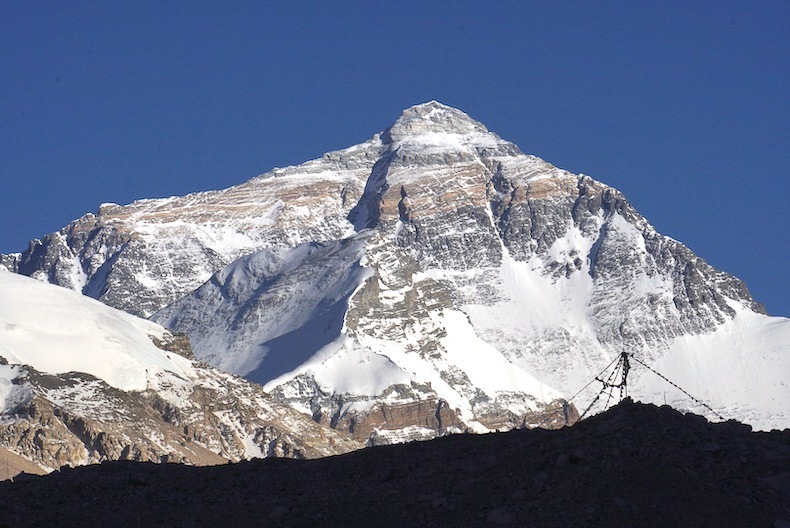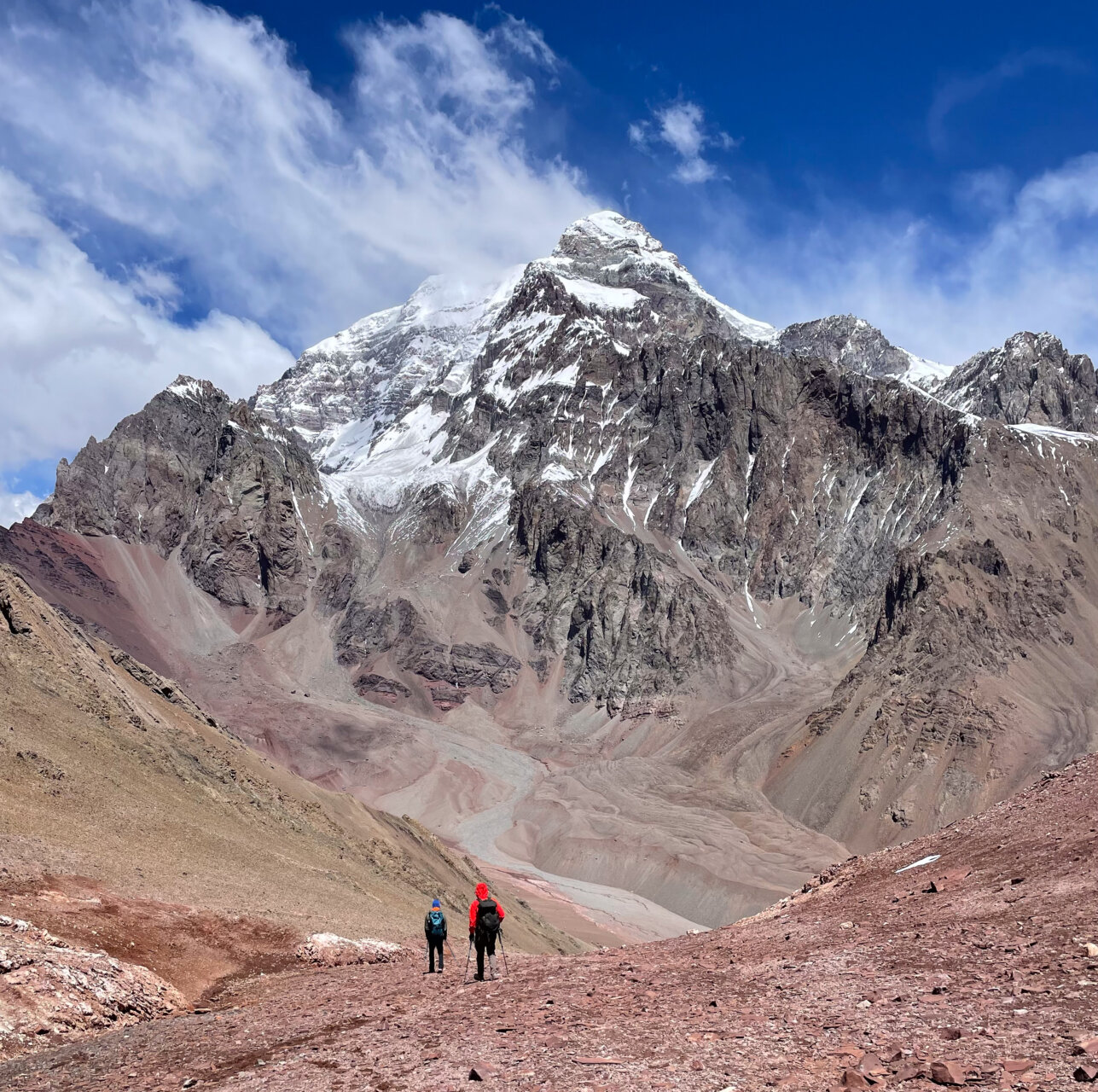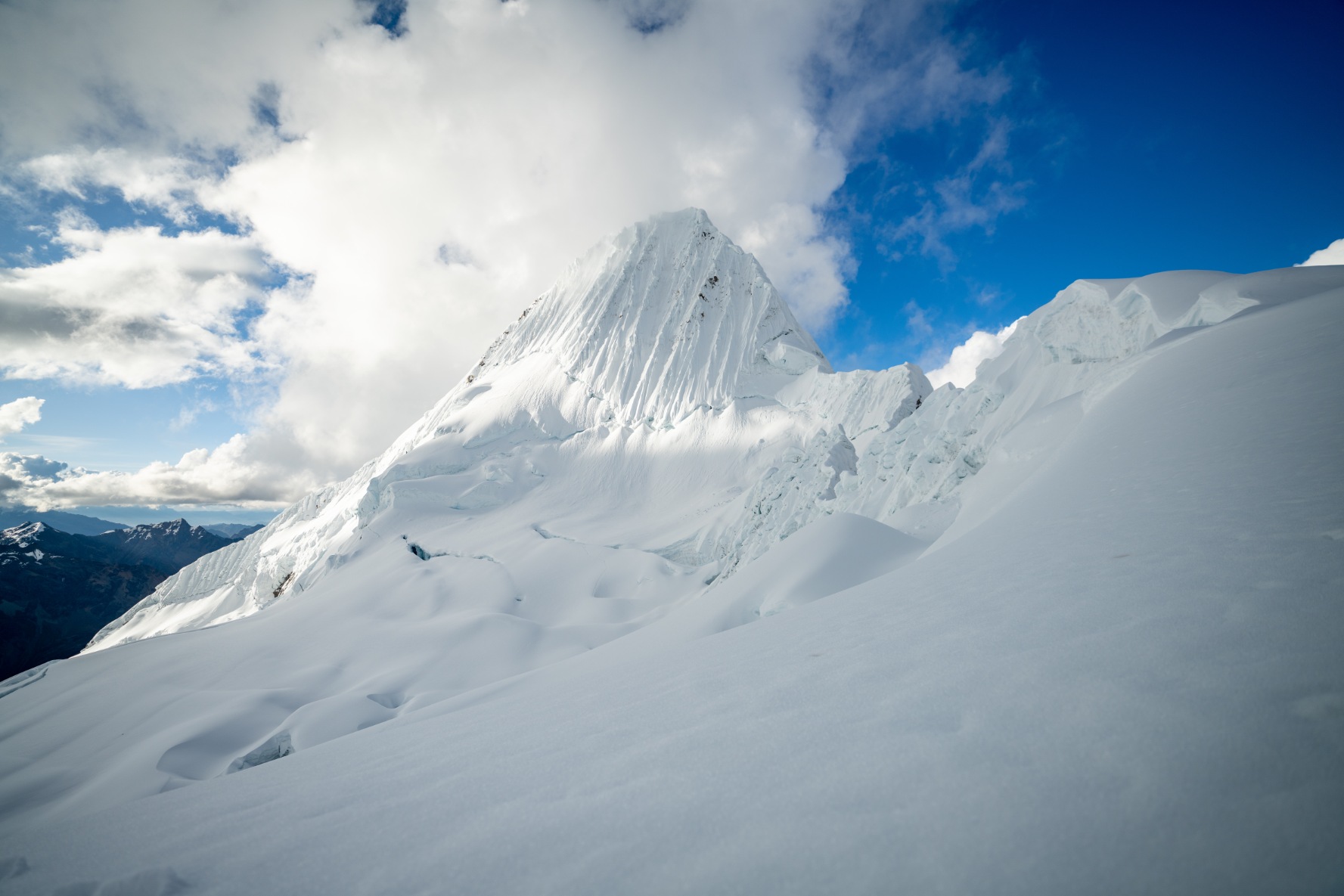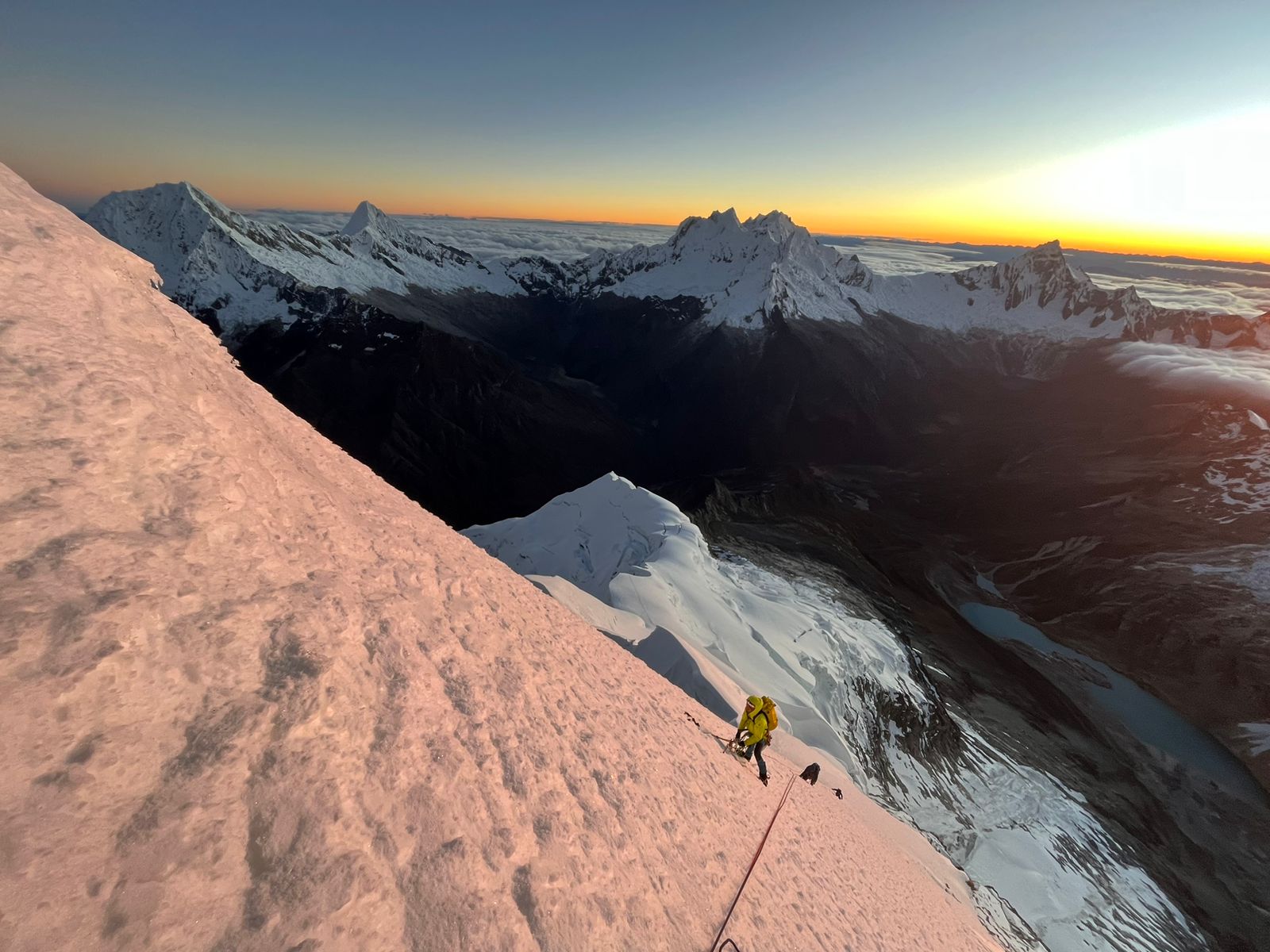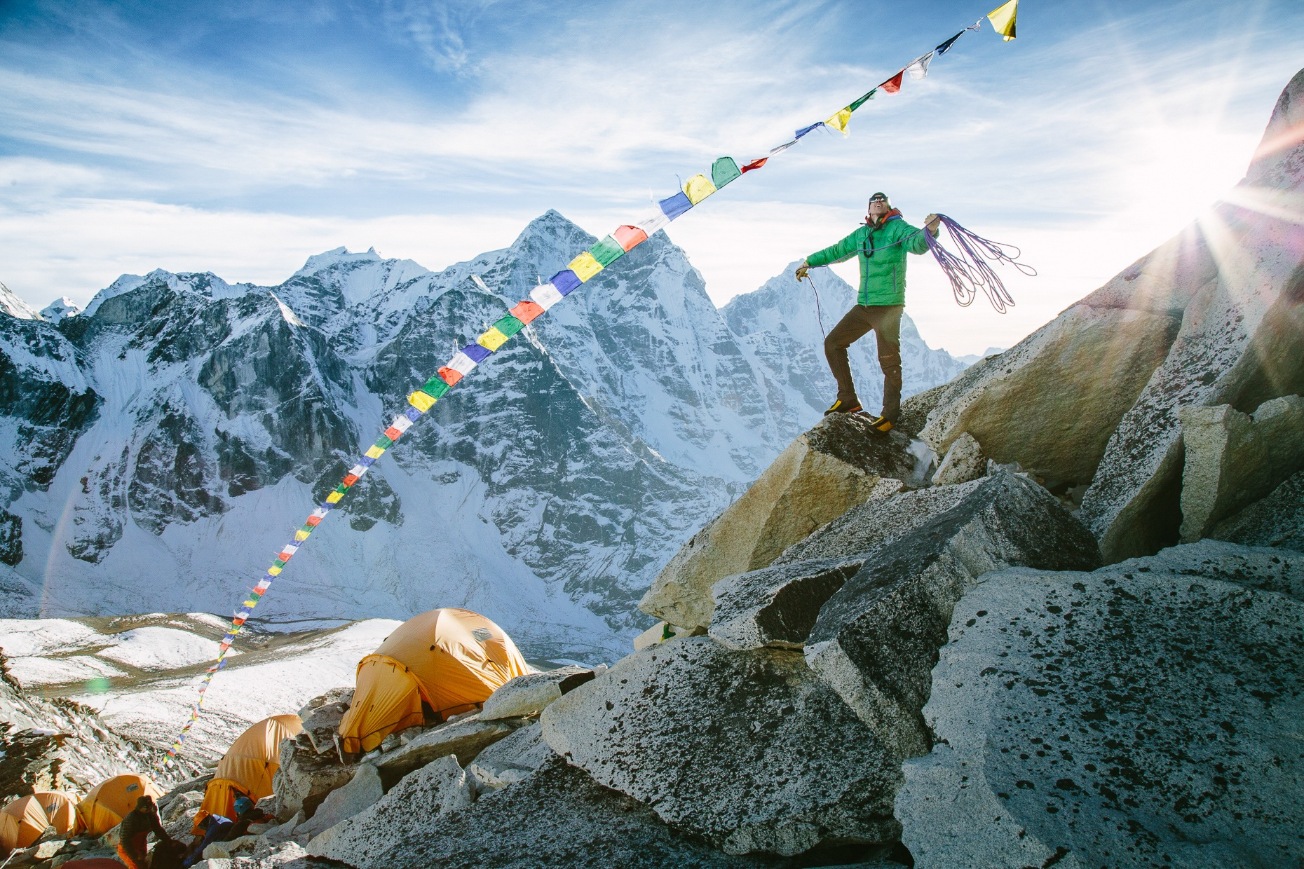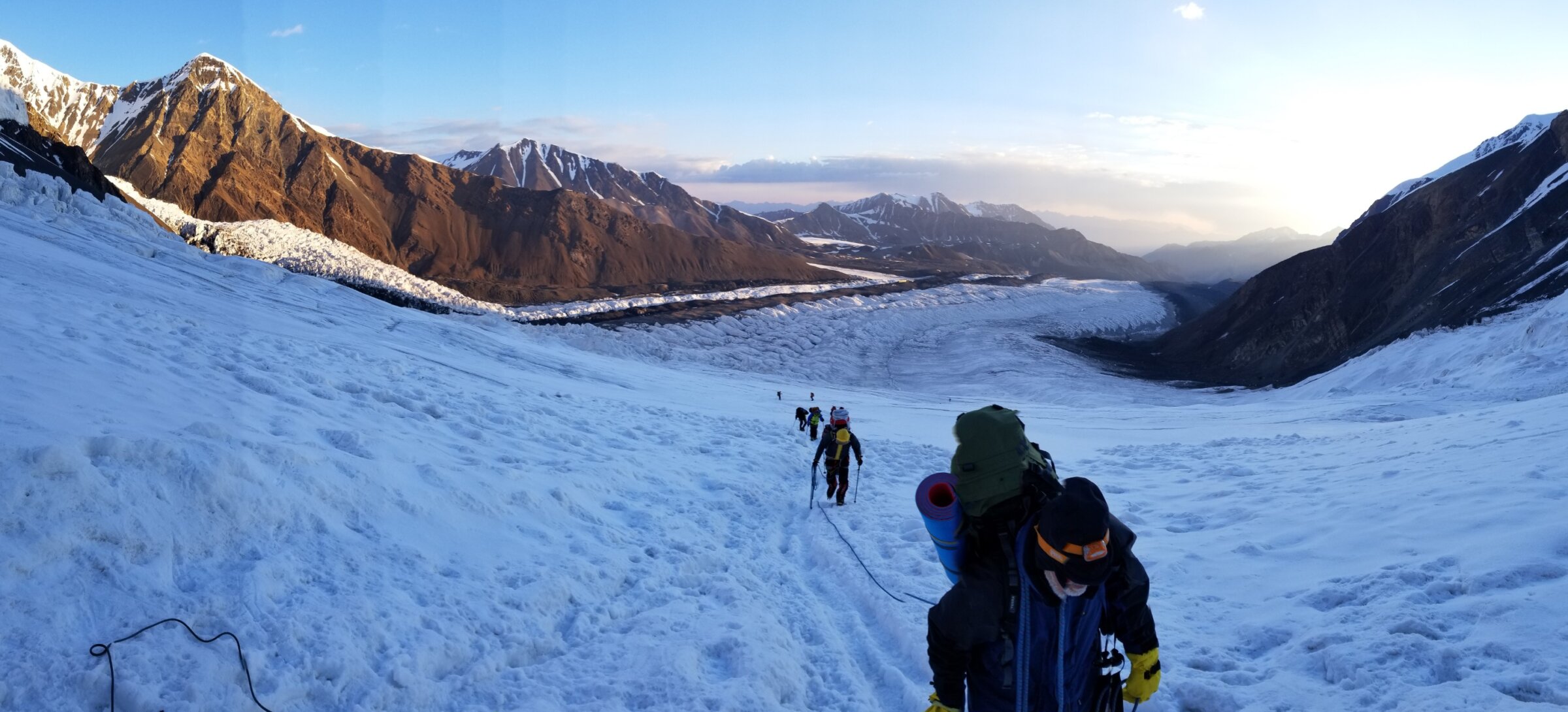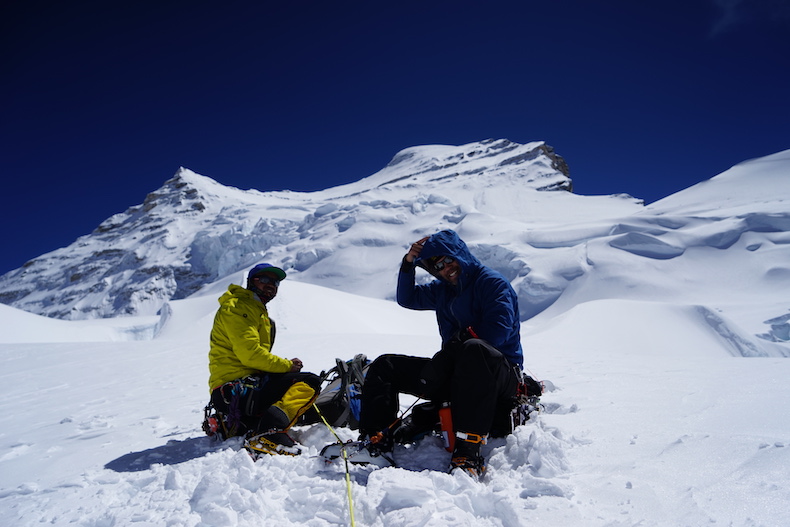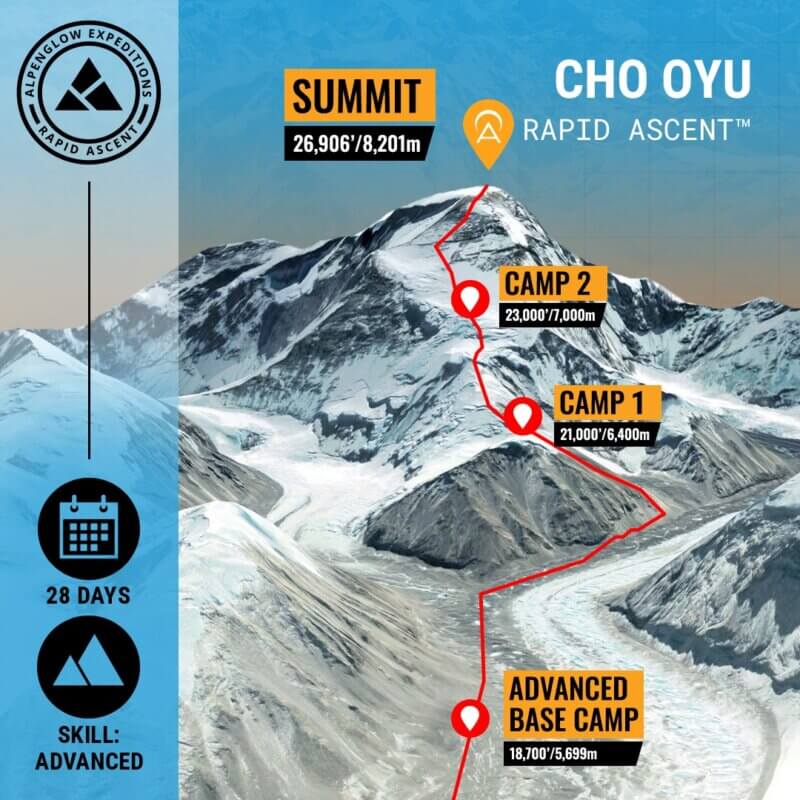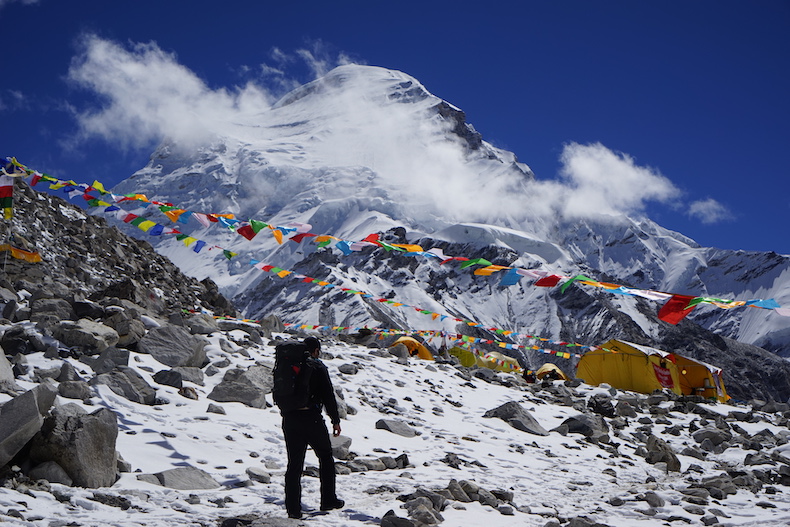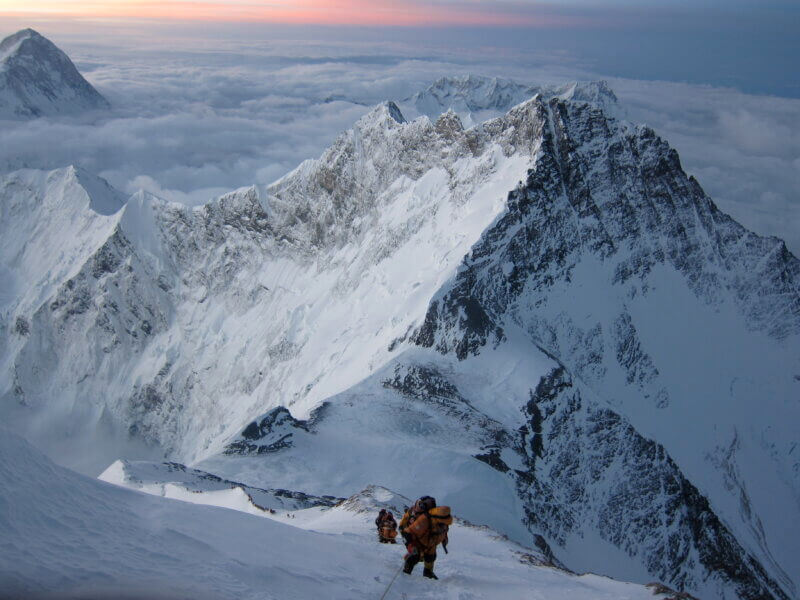Cho Oyu or Manaslu For Your First 8000er?: Why Cho Oyu is the Safer Bet

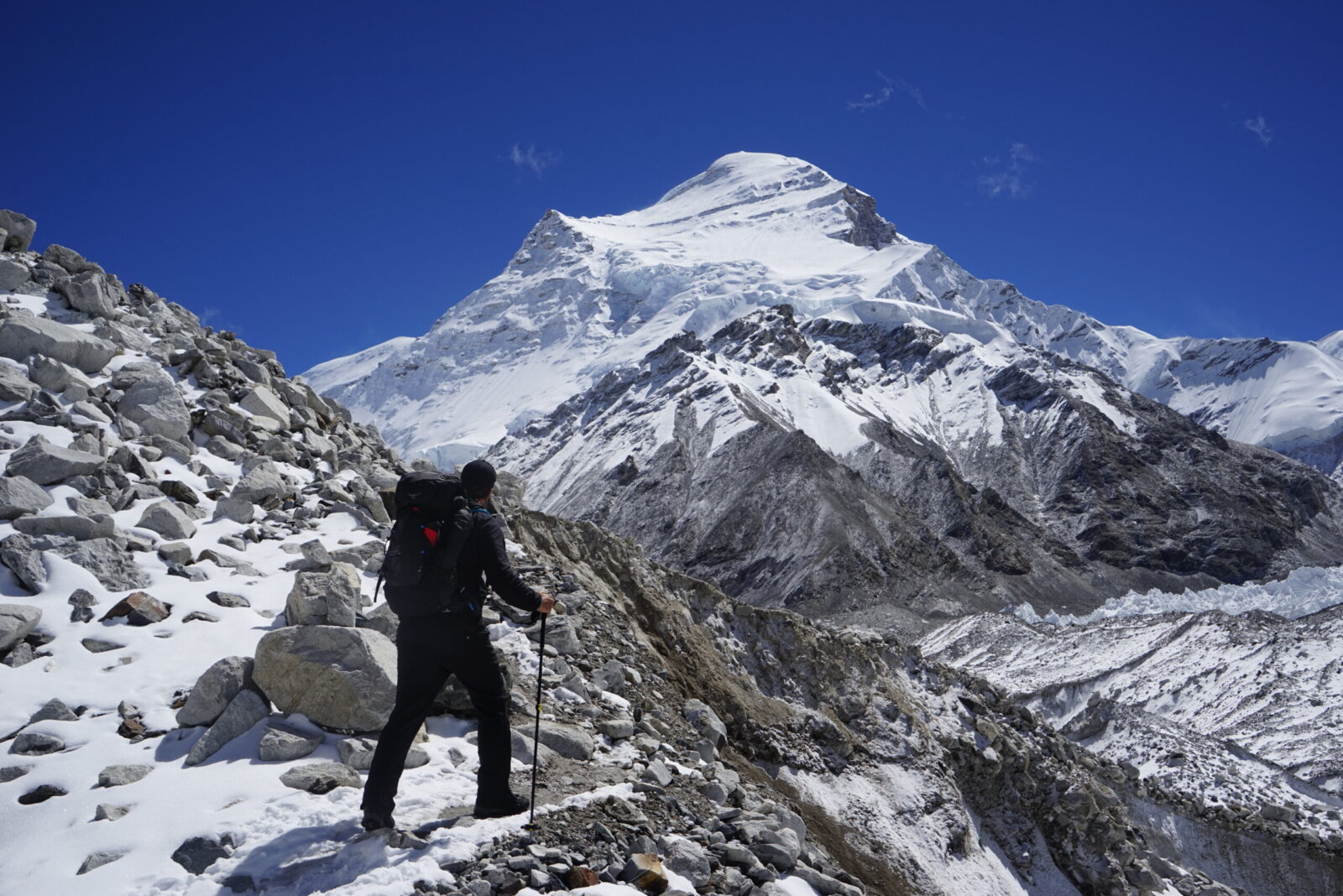
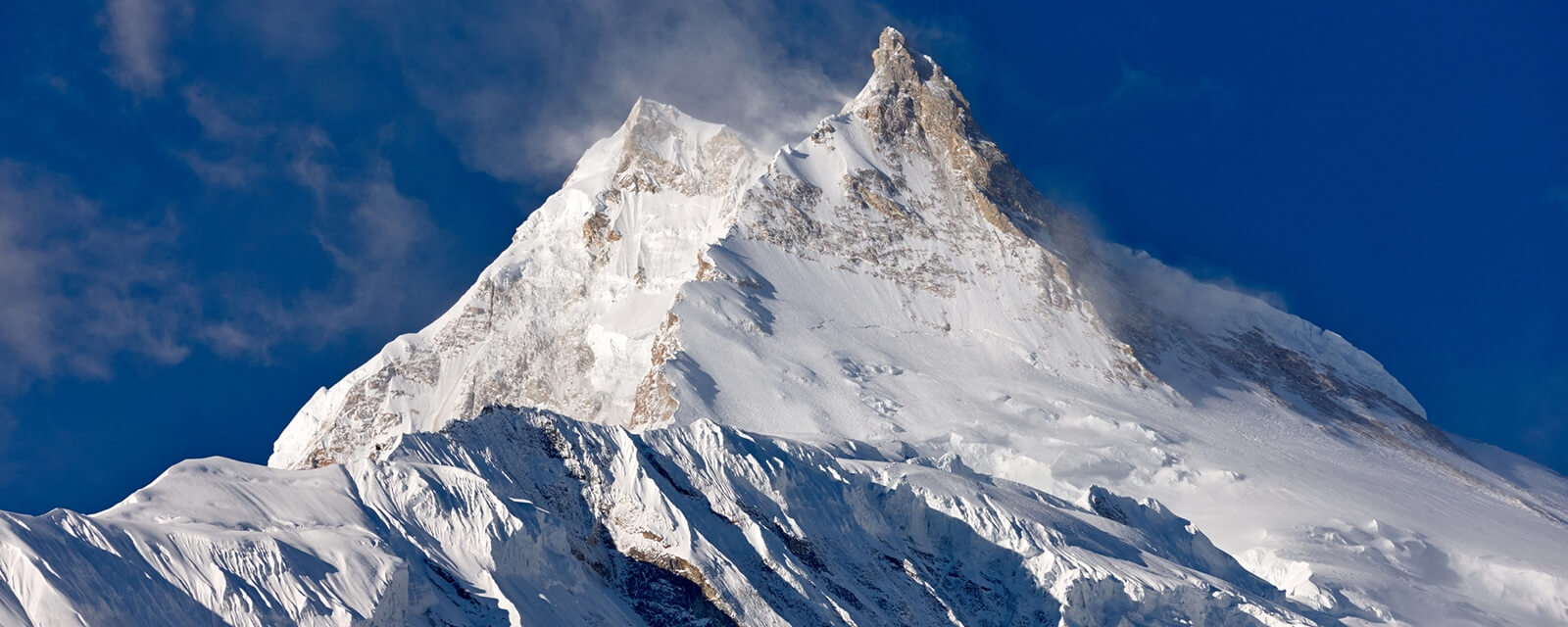
When considering safety margins on the largest high-altitude climbs in the world, many climbers look towards Cho Oyu and Manaslu as two relatively “safe” 8000-meter peaks. However, Alpenglow Expeditions chooses only to guide Cho Oyu, because we view it as an objectively much safer option compared to Manaslu. Here’s why:
1. Objective Hazards and Route Stability
Cho Oyu, the world’s sixth highest peak, stands at 8,188 meters and is located on the border between Nepal and Tibet. It is often considered one of the easiest and least hazardous 8,000-meter peaks to climb due to its gentle slopes and the straightforward nature of its standard route. The northwest ridge route of Cho Oyu has fewer objective hazards such as seracs and crevasses compared to Manaslu, whose standard route involves more complex glacier travel and steeper sections. On Cho Oyu, there is only one section of semi-vertical ice climbing involved, whereas Manaslu has multiple sections that involve steep climbing.
2. Avalanche Risk
Avalanche risk significantly affects the safety of high-altitude climbs. Manaslu, the eighth highest mountain in the world at 8,163 meters, has a notorious reputation for its avalanche-prone slopes. The mountain’s geography includes numerous hanging glaciers and steep snowfields near and on the climbing route, which increase the risk of avalanches. In contrast, Cho Oyu’s standard climbing route generally presents fewer avalanche risks, making it a safer option during the climbing seasons (usually in the Fall). With Alpenglow’s Rapid Ascent program, we reduce the risk even further by spending half as much time on the mountain as a normal expedition, rounding off our trip in just 29 days.
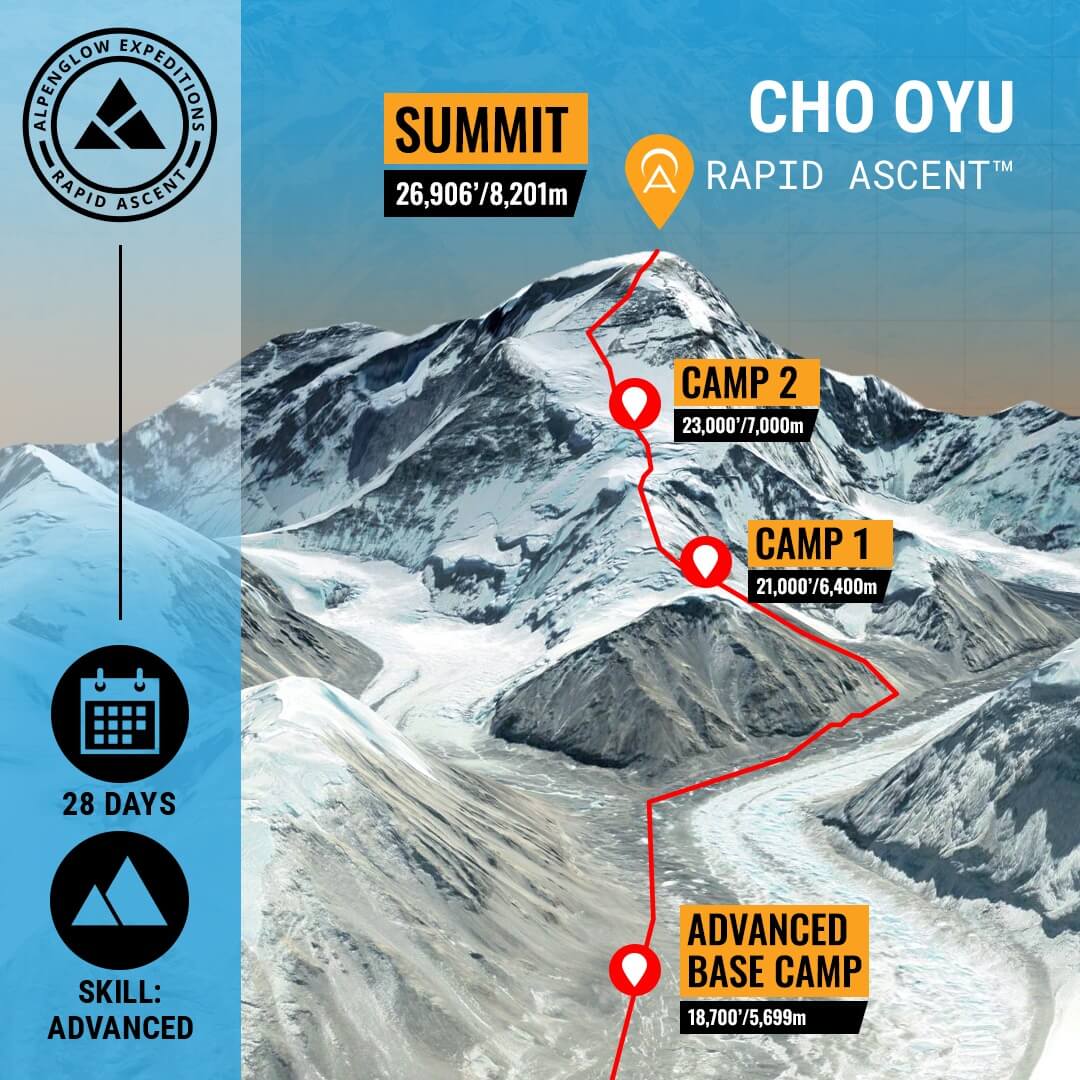
3. Climbing History and Success Rate
Historical data on climbs also points to Cho Oyu as a safer bet. The mountain has a higher success rate with comparatively fewer fatalities than Manaslu. This can be attributed to the less technical nature of the climb and more stable weather conditions typically found on Cho Oyu. The higher foot traffic on Cho Oyu also means that the climbing path is often better established, reducing the risk of accidents.
4. Weather and Climatic Conditions
Cho Oyu benefits from a relatively favorable weather pattern, particularly in the autumn climbing season, which is considered the best time to attempt this mountain. The region’s climate allows for a more predictable weather window for summit attempts, whereas Manaslu can experience sudden weather changes that increase the risk of encountering dangerous conditions and/or unplanned bivouacs on the mountain.
5. Logistical and Support Factors
Climbing Cho Oyu from the Tibetan side offers better logistical support, including easier access to base camp and more robust emergency services, compared to the more remote Manaslu. The infrastructure in Tibet, due to the presence of several other popular peaks, is generally better developed. This means that climbers have access to more reliable rescue services in case of emergencies, contributing to overall safety.
While both Cho Oyu and Manaslu offer unique challenges and rewards, Cho Oyu stands out as the safer option for those looking to scale an 8,000-meter peak. Its more forgiving route, lower risk of avalanches, and better logistical support make it an attractive choice for both seasoned climbers and those new to high-altitude expeditions. As always, climbers’ best and safest option is always to hire an IFMGA-certified mountain guide when climbing 8,000-meter peaks.
